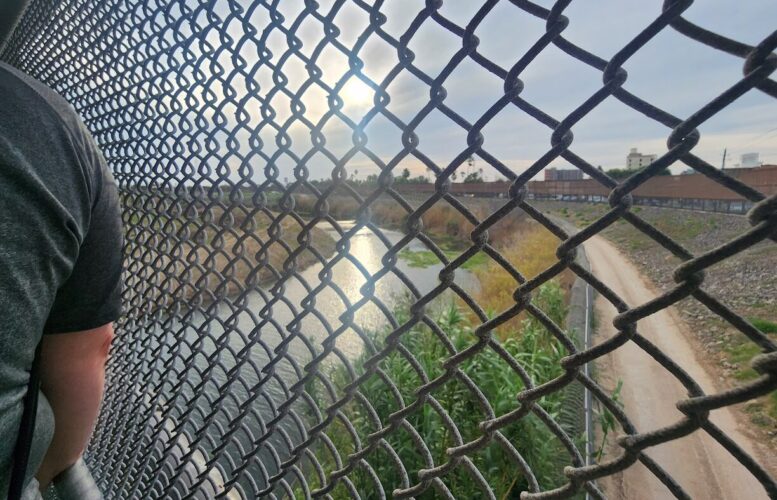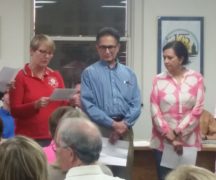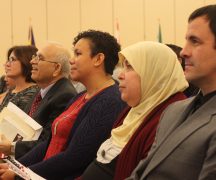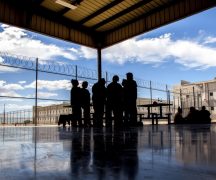By JAN LARSON McLAUGHLIN
BG Independent News
Broken border – Series of stories tell of asylum seekers stuck in failed immigration system
What this is …
This tells of families trying to escape crime and extreme poverty in their homelands, making the harrowing journey to the border to be welcomed with razor wire, shifting rules, and months of living under tarps just to get an appointment with U.S. immigration.
What this isn’t …
This isn’t the full story of the border crisis. It does not tell the side of border control officials or of property owners along the Texas border, whose land is frequently crossed by people seeking a better life here.
Asylum seekers on banks of Rio Grande are so close … yet so far from dreams to come to U.S.
Earlier this month, a group of Americans traveling with the Practice Mercy Foundation, walked across bridges into the Mexican cities of Matamoros, Nuevo Progreso, and Reynosa, the last of which had a Level 4 danger level issued by the U.S. State Department due to high risk of crime and kidnapping.
The Practice Mercy Foundation tasked these church members to be witnesses to the broken immigration system and the humans crushed under its weight.
For people on both sides of southern border, it’s clear U.S. immigration system is broken
The only people benefiting from this broken system appear to be members of cartels who charge between $2,000 and $10,000 for each person seeking entry to the U.S. They profit from failed U.S. immigration policies and take advantage of desperate people escaping dangers at home.
“We have to come to the realization that immigration is controlled by organized crime,” said Alma Ruth, founder of the Practice Mercy Foundation. “There is no system in place for human migration.”
Border crisis stokes fears and becomes galvanizing powerhouse that some say puts politics before people
The singular term “border crisis” has double meaning in the U.S.
To some, the crisis is seen as an invasion of “murderers, rapists and drug dealers” permeating the U.S. To others, the crisis is the human suffering of refugees in waiting, with many ultimately being denied entrance to the U.S.
Regardless of the perspective, any possible resolutions appear at an impasse, mired in political fighting.
‘Give me your tired, your poor, your huddled masses?’ … U.S. has troubled history living up to its own ideals
Long proclaimed as a melting pot of blended nationalities, the U.S. has a history of reluctance in welcoming immigrants from many origins.
The acknowledgement that indigenous people are the only non-immigrants in America, doesn’t keep some descendants of immigrants from wanting to roll up the welcome mat now that they are here.
While Lady Liberty offers a beacon of hope, the U.S. has often failed to live up to the words at her feet: “Give me your tired, your poor, your huddled masses yearning to breathe free, the wretched refuse of your teeming shore. Send these, the homeless, tempest-tossed to me, I lift my lamp beside the golden door.”
Constant threat of deportation weighs heavily on undocumented immigrants in Wood County
Immigrants who have lived and worked in Wood County for several years still look over their shoulders.
Families who escaped organized crime, drug cartels, and staggering unemployment in Central American countries, came here to raise children and earn money. But then, for many, a different fear surfaced.
“They always live with the fear of being deported,” said Braulio Franco, the program coordinator for La Conexión of Wood County.





